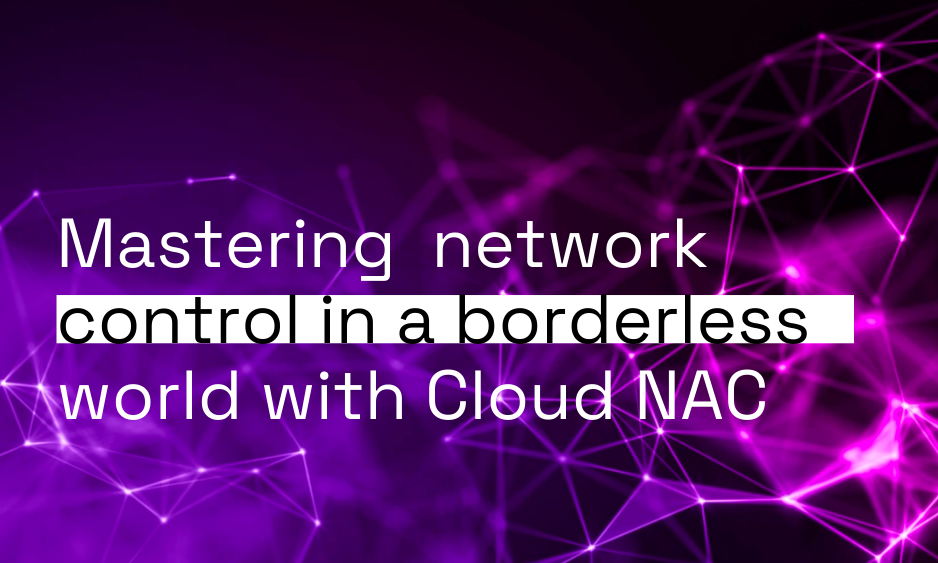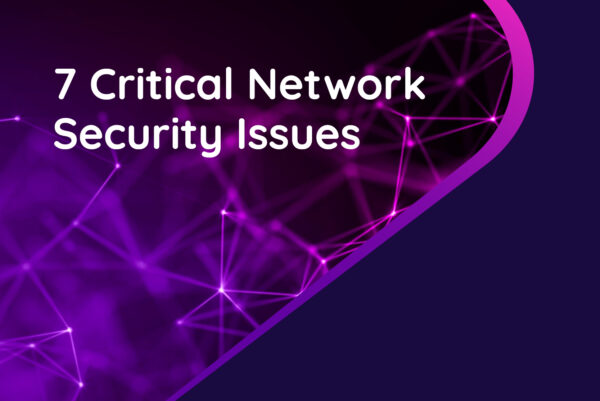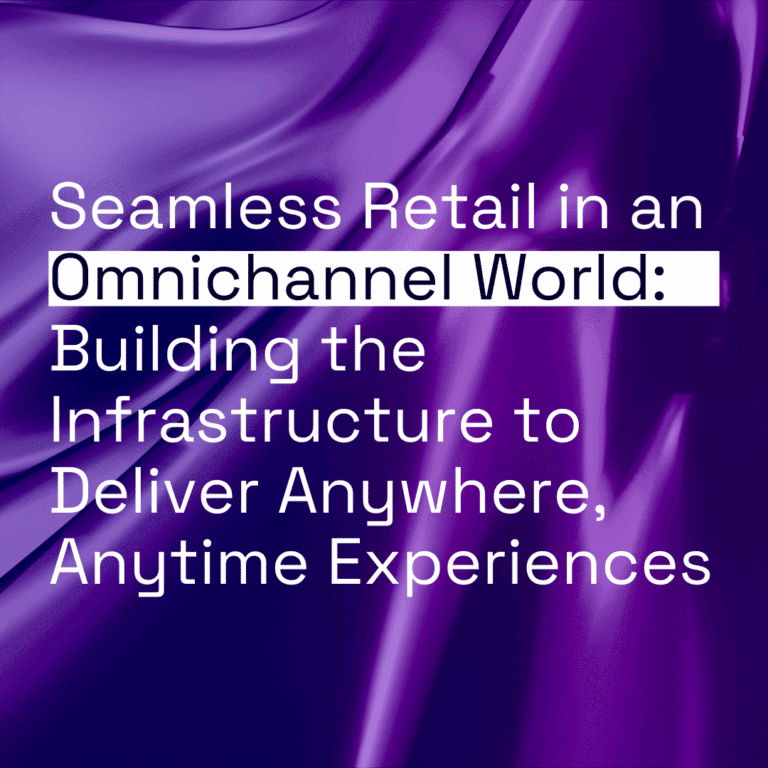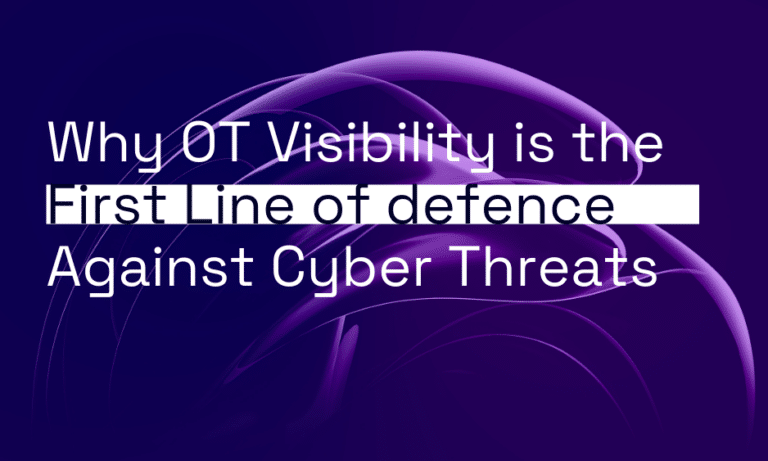When network access control first appeared in the 2000s, its main job was to ensure that corporate PCs and laptops had secure access to a private network. Fast-forward to today and things have gotten much more complicated.
With the boom of IoT, Bring Your Own Device (BYOD) policies, remote working, and guest access, traditional on-premises NAC systems are not up to the task of securing our modern, borderless networks.
Now 20 years old, these legacy systems are a common cause of dread and frustration among network admins. They’re challenging to troubleshoot, not user-friendly, and struggle to scale with evolving demands. Plus, updates and patches usually mean downtime.
This is why IT leaders are increasingly turning their gaze towards cloud-based NAC. This new system brings the agility, scalability, and ease of use needed to manage today’s networks.
The new age of NAC
Today’s cloud-based NAC systems do more than allow or deny access. They provide fine-grained control over who can enter the network and what they can see and do once they’re inside. A robust cloud NAC solution has a range of capabilities.
See all, know all
A top-tier Cloud NAC platform can identify, categorise, and monitor various devices with different operating systems, hardware configurations, and installed software. These range from PCs and laptops to smartphones, tablets, and ever-growing IoT devices. Whether these devices are accessing the network via wired, wireless, or remote connections, Cloud NAC can gather real-time information on them using both active and passive discovery methods. These methods include monitoring network traffic for endpoint information (passive discovery) or directly logging onto the connected devices using credentials (active discovery).
Policy enforcement simplified
One of the defining features of a Cloud NAC platform is its ability to create and enforce network policies based on user and device identity. For instance, it can block devices without the latest security updates or only allow access to devices on a whitelist of MAC addresses. Another example is only allowing staff to access resources and applications that are directly needed to perform their tasks. This can prevent excessive network permissions and minimise the likelihood of data breaches. Plus, policies can be developed and implemented in just minutes, compared to hours with on-premises NAC systems.
Access that scales
Due to its cloud-native architecture, a modern NAC solution can easily handle more users and devices, expanding at a moment’s notice. This is particularly beneficial for organisations experiencing rapid growth or those with fluctuating network demands. Cloud NAC’s integration capabilities also mean you can add more security and network tools as your business grows.
Zero trust, total protection
Modern cyber threats demand a zero-trust security approach. Built on the “never trust, always verify” principle, a zero-trust-based NAC system narrows the attack surface by continuously verifying the trustworthiness of users and devices. Controls can be set closer to the endpoints to prevent unauthorised access, data exfiltration, and lateral movement. Unlike traditional VPNs, controls can be adjusted in real-time for each user session.
Seamless integration with other tools
Integration with other systems is another significant advantage of Cloud NAC. With open/RESTful APIs, Cloud NAC works well with other security and IT monitoring tools, such as Security Information and Event Management (SIEM), Intrusion Prevention Systems (IPS), and next-generation firewalls (NGFW). This integration capability means Cloud NAC can dynamically adjust access policies based on threat intelligence and real-time data, boosting your overall security strategy. Plus, when you connect Cloud NAC with AI-powered security tools, you get a system that’s much better at detecting and responding to emerging threats.
Always at the cutting edge
A cloud-native NAC solution with a microservices-based architecture automatically adds new features, security patches, and updates without causing downtime or disruption to your operations. This capability makes life much easier for network administrators, removing the headache of lengthy or delayed software upgrades and hardware issues.
The road to robust access control
The rapid deployment capabilities of a robust Cloud NAC platform, combined with the right support from partners like Orro, make the transition to modern NAC a smooth experience for everyone. So, what does the process involve?
Take stock of your existing setup
As with all technology implementations, the journey begins with a deep dive into your current NAC setup. This involves identifying which devices are connected to your network, checking their compliance status, and spotting potential vulnerabilities.
Set the rules of access
When you have a solid grasp of your position, you can establish access policies based on user roles, device types, and compliance requirements. For example, you might allow employees’ personal devices to use the Internet while restricting access to corporate resources.
Plan every step of the rollout
Every implementation needs a strong plan. Your Cloud NAC roadmap should include clear objectives and measures of success. For example, you might aim to set up stronger access controls so that staff, contractors, guests, or other third parties have minimal access to applications and resources, only what’s directly required for their tasks. Perhaps your goal is to make your network more adaptable to changes in demand and security risks.
Pick your perfect solution
In this crucial deciding phase, it is important to find a solution that integrates well with your existing infrastructure, can support all kinds of devices, takes a zero-trust approach, and delivers a seamless user experience for IT admin staff. Depending on your specific needs, there will be plenty of other considerations that a partner like Orro can help you with.
Deploy without disruption
After choosing the right solution, the next step is to implement it, following the steps in your implementation plan. A top-tier Cloud NAC platform can be deployed without causing any disruption or service downtime. This stage involves configuring the defined access policies and integrating them with other security and IT service management systems, ensuring everything works cohesively.
Keep monitoring, keep optimising
After your new Cloud NAC is running, the focus shifts to ongoing management.
This involves monitoring the performance of your NAC system, adjusting access policies as needed, patching up any vulnerabilities, and staying on top of regulatory compliance.
Educate and empower
You must get your employees up to speed to get the most out of Cloud NAC. Data breaches often result from human error, so employees should know the new NAC system and why it’s essential to your organisation. Providing training on best practices and how to comply with access policies goes a long way.
Reclaim control of your network with Cloud NAC
With the exponential growth of connected devices, knowing exactly who and what devices have access to your network is crucial. This should be a key part of any security plan.
Understandably, migrating to a new system can feel daunting. It’s natural to worry about how complex and time-consuming the deployment might be, the costs involved, and whether it’s worth the investment. However, a good Cloud NAC system is designed to be straightforward and can save money by cutting out the need for expensive hardware, reducing maintenance costs, and offering flexible subscription-based pricing.
At Orro, we carefully crafted our Cloud NAC service with simplicity in mind. Cloud NAC is the smarter, more efficient way to manage access to your network, powered by our bespoke One Touch Control AIOps platform, cutting-edge network access control technology, and round-the-clock support from our experts.
Having a knowledgeable and experienced partner like Orro can make a world of difference, paving the way for secure access, everywhere.
Ready to take control of your network? Discover more about Orro Cloud NAC here.









